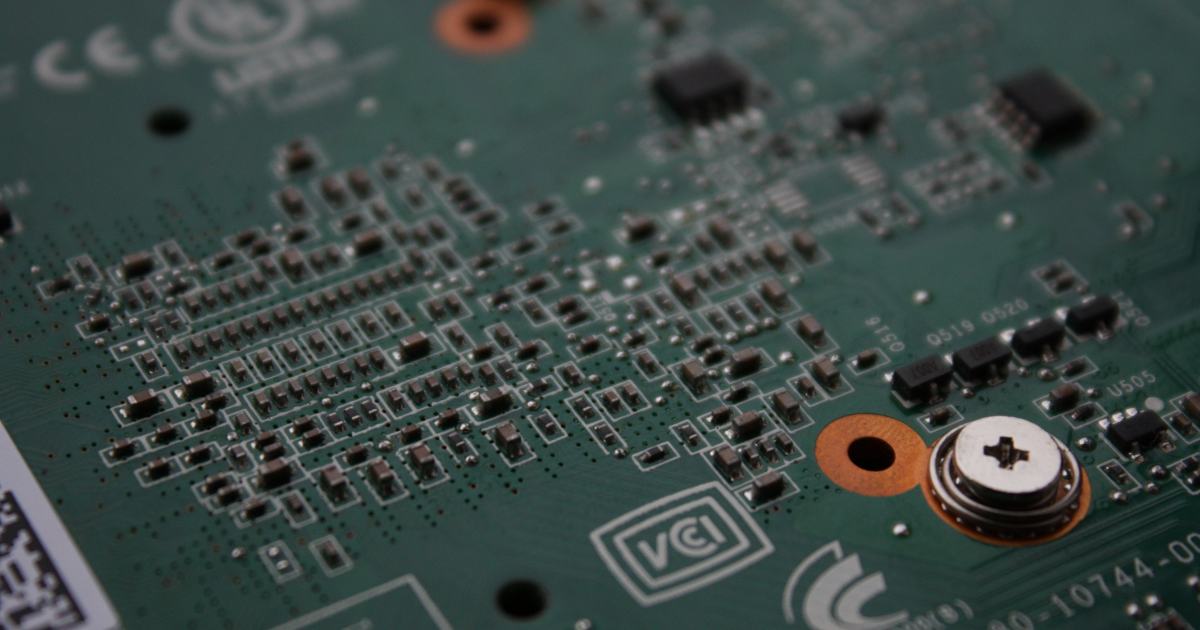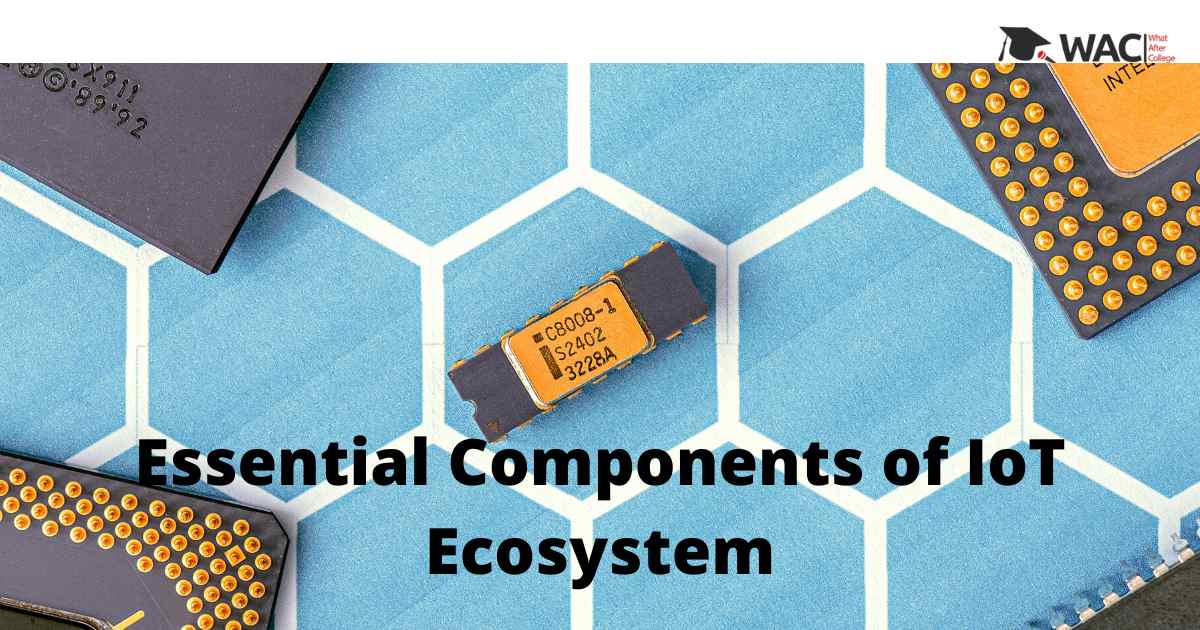The systems are becoming smarter every day. With time, we will be able to see a lot of changes in technology. Specifically, the Internet of Things. In short, IoT is a network of smart devices that can interconnect with each other. There are some essential components of the IoT ecosystem without which the Internet of Things cannot perform.
IoT ecosystem is like a community that consists of data flows that helps in connecting enterprises and dealers together. Internet of Things is not just transforming connectivity among objects and devices but it is also allowing people to get remote access easily. With so many benefits of IoT, it is interesting to see the essential components of the IoT ecosystem.
Main Components of IoT Ecosystem
The IoT ecosystem is quickly expanding and this makes it difficult to define. These can be visible components – interface or the hardware, or the software and processing components – network and storage. Therefore, let’s take a look at the essential components of the IoT ecosystem.
1. Sensing & Embedding
This is the first part of an IoT ecosystem and it forms the base of the entire Internet of Things network. Data is crucial for IoT and sensors are an important factor to ensure the credibility and accuracy of data. This important layer consists of physical, micro appliances, embedded in an IoT device. These are responsible for controlling a mechanism or collecting data.
Sensors
Sensors work to gather small data from the surrounding. They are also known as detectors as the primary function is to detect even slight changes in the surrounding. This allows an IoT device to capture necessary data for real-time or post-processing.
Depending on the type of sensor, this small piece of hardware can measure almost everything. This can be motion, smoke, or even blood pressure. Advanced sensors can measure a range of complexities. But, some IoT devices have multiple sensors together to collect a series of data or perform various functions. Our smartphones, for example, have a fingerprint, GPS, camera, tilt, motion, and many other sensors, all in one place. Sensors are an essential component of the IoT ecosystem.
Actuators
In brief, actuators are the opposite of sensors. Sensors – sense; Actuators – act. They receive a signal and on that basis, they take action. They are as important as sensors. As the sensors detect a change in the environment, an actuator makes something happen based on the trigger.
For example, actuators may control the heating and cool in a smart AC. As soon as the sensors detect that a person has left an area, the actuator triggers to stop the flow of AC. There are many types of actuators depending on their usage. They can turn something on or off. Similarly, they can also control valves and take actions such as turning or holding that has great beneficial value in industrial applications.
2. Connectivity
IoT is a network that involves devices, sensors, cloud, and actuators. All of these needs to interconnect with each other to be able to decode data and consequently perform an action. Connectivity is the second layer in the complex world of the IoT ecosystem.
Protocols
After data collection by the sensors, it needs a medium of transport. In simple words, a communication channel is required between sensors and the cloud. IoT protocols are used for transferring data in the digital world. This transmission is possible when two devices are safely connected. IoT protocols use an invisible language allowing physical objects to communicate with each other.
Gateways
The gateway enables easy management of the data traffic flow between networks and protocols. In addition, it also translates the network protocols and ensures that the devices and sensors are connected well. It is an essential component of the IoT ecosystem. The gateway can also work to pre-process the data from sensors and send them off to the next level.
Moreover, gateways offer security by protecting the system from malicious attacks and unauthorized access. It is also considered as a security component as the data flowing through it is protected by the latest encryption practices.
3. IoT Data Management & Analytics
Data is a small word but it holds great power that can pose a huge effect on any business. You can use IoT Analytics to make sense of a large amount of analog data.
Analytics can be basic such as analyzing if a room’s temperature falls in an acceptable range. Analytics can do complex jobs as well. For example, if a car is just about to crash. It helps determine vital business insights.
4. User Interface and End-user Design
The user interface is the visible component of the IoT ecosystem. It is easily accessible and has control of the IoT user. This is where a user can set their preferences and control the system. If the component of this system is user-friendly, it becomes easier to interact.
A user may interact with the system via the device itself. Sometimes, the interaction is also done remotely via smart devices. Smart home systems such as Google Home also allow users to communicate.
You know that design is important in today’s world. One IoT device can differ from a competitor on the basis of good design. The use of colors, touch interfaces, font, voice, are some of the factors that are crucial. Not only an attractive design is necessary, but the interface should also be user-friendly enough to avoid any problems for the user.
Conclusion
The field of IoT is continuously developing further with time. While it has advanced through the years, the definition of the components of the IoT ecosystem is a growing field of study. The components of the system remain the same, but the mechanisms differ depending on its usage, industry, and budget. You can say that the IoT ecosystem connects companies and furthermore makes decision making simple. Hence, the work done by essential components of the IoT ecosystem is crucial to a business.

All you need to know about IoT
| Introduction to IoT | Career Options after IoT |
| IoT in Business Growth | How IoT works? |
| Future of IoT | Benefits of IoT |
| Disadvantages of IoT | Salary After IoT Course |
Learn IoT
| Top 7 IoT University/ Colleges in India | Top 7 Training Institutes of IoT |
| Top 7 Online IoT Training Programs | Top 7 Certification Courses of IoT |
Learn IoT with WAC
Other Skills in Demand
| Artificial Intelligence | Data Science |
| Digital Marketing | Business Analytics |
| Big Data | Internet of Things |
| Python Programming | Robotics & Embedded System |
| Android App Development | Machine Learning |

